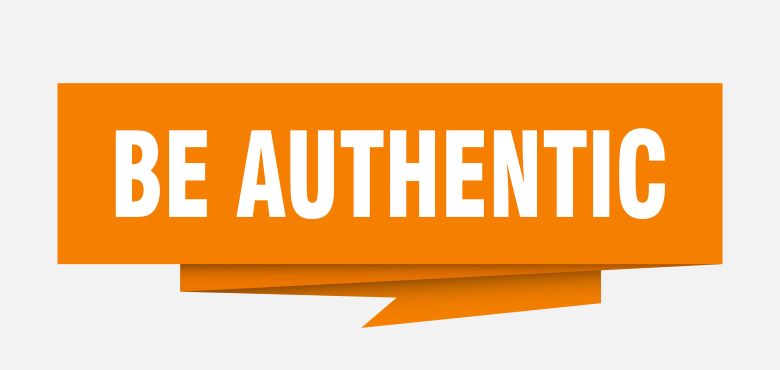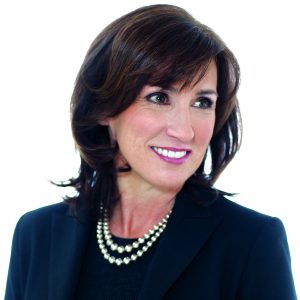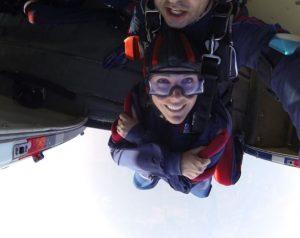As employees deliver the brand promise, are employers delivering for employees?
Elizabeth Baskin of Tribe shares insights on the year ahead in internal communications.

Elizabeth Baskin tapped an entrepreneur vein early in her life when as a young child she dug out the weeds in her yard, planted them in soup cans and peddled the cans to neighbors.
Starting her career as a newspaper reporter, then moving to ad agencies before launching the Tribe agency, she did her own culling of sorts and decided to focus on one area of communications: internal.
Baskin, who spoke to us from her office in Atlanta, is the CEO and creative director of Tribe, which partners with national and global brands including Amazon, U.S. Steel, La-Z-Boy and GE to build employee engagement and culture. She founded her agency in 2002 and today shares management with her husband Steve, who joined Tribe in 2014. To get a sense of her can-do attitude, look no further than the book she authored in 2009: “Hell Yes! Two Little Words for A Simpler, Happier Life.”
In our conversation with Baskin, she shares the communications challenges faced by employers seeking continued engagement with a dispersed workforce during a trying moment in our history. It is not exactly “Hell Yes!” for all employees when invited to another Zoom cocktail hour or other “mandatory fun” events hosted by their employer. With there being very little difference between the “internal” brand and “external” brand perception, it is more crucial than ever for company leaders to create a culture of collaboration, connection and creativity.
Baskin offers some timely and insightful tips.
Ragan: What was the seminal moment when you decided to launch Tribe?
Baskin: I spent most of my career in ad agencies, as a copywriter and then creative director. Tribe is actually the second agency I’ve started, and the seminal moment wasn’t launching it, but deciding to commit the agency practice entirely to internal communications. Since 2009, we’ve turned away any external branding work in order to build our expertise in the employee experience.

Elizabeth Baskin
Ragan: You are the driver behind the creative process at Tribe. What are some ways that storytelling has changed in the past 12 months?
Baskin: In one sense, storytelling has been the same for the past 100,000 years, ever since early humans began telling stories. It’s about establishing an emotional connection and sharing some sort of journey or experience that others can relate to. But since COVID, we’ve seen a stronger interest in personal stories. Companies are more interested in showing the human side of employees and leadership. When we’re not in offices bumping into each other, we have to work harder at establishing those personal connections.
Ragan: Employees are now seen by management as the #1 stakeholder. Why has it taken so long for the C-suite to recognize this?
Baskin: We’ve always preached that employees are the most important audience for any brand, since they’re the ones who deliver the brand promise — or not. Employees need to know what the company stands for and how they as individuals support the success of the company. That’s a huge part of our practice, to help align employees’ day-to-day actions with the vision leadership has for the company.
Ragan: Given the pandemic and so many employees still working remotely, how can organizations keep employees engaged and healthy?
Baskin: Some people are thriving working from home and others are struggling. Mental health is a huge concern, particularly for employees living alone who may be feeling isolated and lonely, and for parents with kids at home who need their attention during the workday. Historically, most companies have been better at focusing on physical wellness, but we’re seeing more of them provide benefits for mental wellness.
We also can coach managers to be aware that individuals on their team may be doing better or worse with remote work, and that they may need to recreate some opportunities for social connection within their team, using time in video meetings for some initial chit-chat or creating online social events. Without micromanaging, they can create regular daily check-ins just to share what each person is working on and brainstorm ideas or issues.
Ragan: Tell us about some of the interesting findings from your recent employee comms research around introverts in the workplace.
Baskin: It’s counter-intuitive, but 13% of those who identify as introverts say they’d like to go back to work even though job satisfaction is higher at home. They get most of their social interaction from colleagues, but because they’re introverted they aren’t connecting socially with many people at home.
Ragan: What is the impact of WFH culture on Millennials and Gen Z who are working from home?
Baskin: Many of them miss being in the office because they learn from their peers via osmosis. They are missing an important time in their professional development. It’s hard to replace the (in-person) modeling and picking up cues from senior colleagues.
Ragan: For someone looking to get into a career in internal comms, what are some key skills they need to succeed?
Baskin: Number one would be talent. A strong internal brand requires the same level of creative talent and strategic thinking as the consumer brand. Also, being able to make complicated messages more accessible for regular people, or an ability to communicate person to person, in a human voice instead of a corporate one.
Ragan: And advice for communicators looking to rise in the ranks?
Baskin: Get out there and just try things. You don’t need to ask for permission first.
Ragan: What’s an essential tool for internal communicators as we navigate this crisis?
Baskin: This is a great time to make your intranet the hub of your internal communications, because employees working from home will have a greater need for it. But you’ve got to make sure the intranet is up to the task. You may need to replace it or update it or develop a better plan for posting fresh, relevant content on a regular schedule. You might want to develop a content management plan so employees throughout the organization can post content.
Ragan: You’ve opened your office in Atlanta and employees are coming in a few days a week. How is that going?
Baskin: I don’t want to go back to five days in the office! The days at home we can get big projects done that require focused thinking and then we come to the office to collaborate. If it’s three days in the office or two, I think it’s inevitable that most companies will offer that.
Ragan: How have you been staying positive and active right now?
Baskin: I don’t want to discount the tragedy of the pandemic, but there’s a lot that’s positive in the world right now. On a personal note, I’m doing work I enjoy with people I enjoy, and life is good. My husband and I are both introverts, so we’re happy at home, cooking and reading, working out and watching TV and working on our creative projects.







